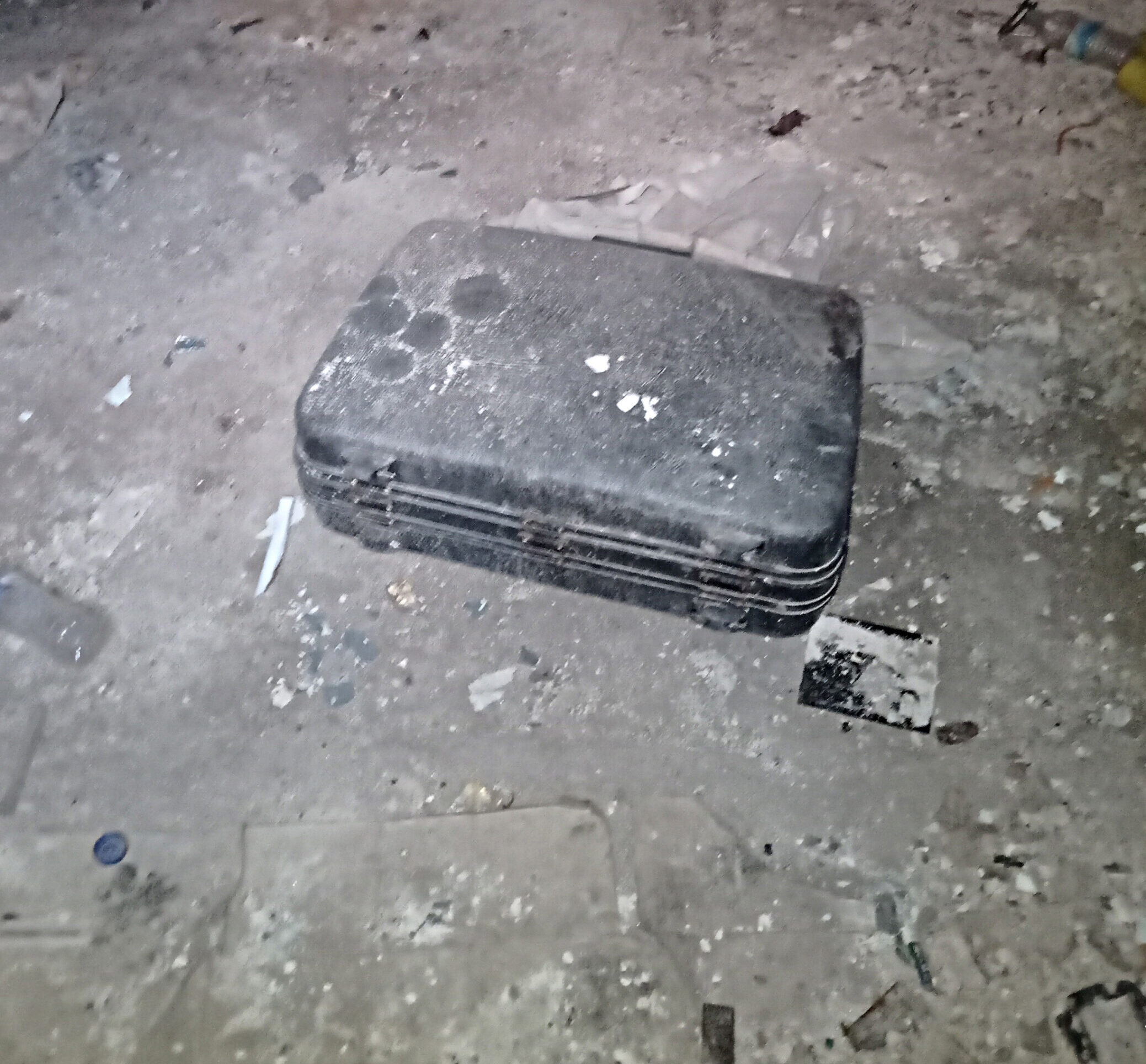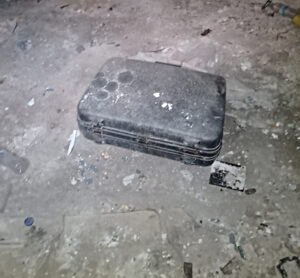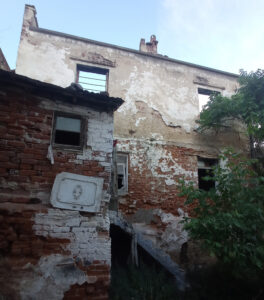A suitcase in an abandoned building inhabited by migrants
City
Migration Period
City Narratives
Date
Category
Full Description
Since 2016 and the closing of the borders on the so-called Balkan route, thousands of migrants have chosen to migrate towards central and northern Europe without registering in Greece, which allows them to retain their right to seek asylum in other countries. According to the Dublin regulation (EU Regulation No 604/2013, sometimes referred to as the ‘Dublin III’ Regulation), all asylum seekers who enter the European Union have a right to apply for asylum in the country where they were first registered. According to the Regulation: ‘When established, based on evidence or indications, that the applicant has irregularly crossed the borders of a member state coming from a third country, whether by car, sea or air, the member state where the applicant entered is responsible for the examination of the asylum application’. It is for this reason that while passing through Greek territories, many migrants avoid staying in state reception facilities, such as refugee camps, in order to evade registration. In addition, many migrants are forced out of state facilities, such as camps and housing schemes, or become homeless because they were never offered these housing options in the first place. Several abandoned buildings in Ano Poli, Thessaloniki, have been used by homeless migrants, mainly individuals and small groups of men, as short- and medium-term housing.
Most of these buildings were erected between the beginning of the 20th century and the 1950s and many of them were used by the refugees of 1922. Today, they usually belong to multiple owners, some of whom migrated to other countries post-war. As their ownership is complicated, the buildings cannot be utilised and have been left to fall into disrepair. Furthermore, due to the urban geography of Ano Poli, many of these buildings are located on ‘blind’ land plots with no access to the main roads. This makes them ideal accommodation for undocumented migrants, as even the residents of nearby houses might not be aware of people living there. There is plentiful evidence of people on the move dwelling in these buildings. Suitcases, forks, plates, sleeping bags, tin cans, all indicate temporary stays. The photographs were taken in an abandoned building located in the building block delineated by Sachtouri Street, Alexandra Papadopoulou Street and Tsamadou Street in western Ano Poli. The building can be accessed through a narrow pass on Sachtouri Street.
Bibliography
Regulation (EU) No 604/2013 of the European Parliament and of the Council of 26 June 2013, establishing the criteria and mechanisms for determining the Member State responsible for examining an application for international protection lodged in one of the Member States by a third-country national or a stateless person.
https://eur-lex.europa.eu/LexUriServ/LexUriServ.do?uri=OJ:L:2013:180:0031:0059:en:PDF


